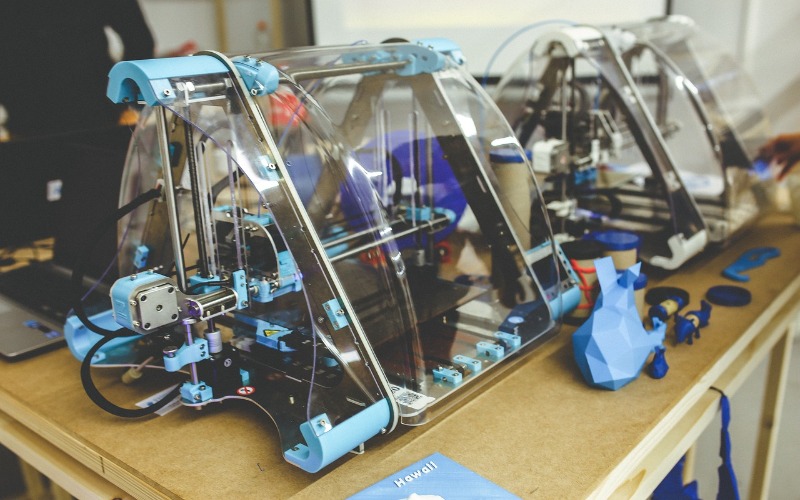In the rapidly evolving world of additive manufacturing, or 3D printing, carbon fiber filaments are one of the most significant advancements. This technology represents a leap forward in lightweight yet incredibly strong production components across various industries, including aerospace, automotive, and sports equipment.
Keep reading to delve into the latest innovations in carbon fiber filament technology, exploring its benefits, applications, and future manufacturing landscape.
Understanding Carbon Fiber Filaments
Carbon fiber filaments are composite materials that combine the lightweight properties of carbon fiber with the versatility of thermoplastic polymers. The result is a material that exhibits superior strength-to-weight ratios, stiffness, and durability compared to traditional 3D printing materials. These filaments typically consist of a base material, such as PLA (Polylactic Acid), ABS (Acrylonitrile Butadiene Styrene), or Nylon, reinforced with short carbon fiber strands.
You may come across Bambu Lab discount codes for 3D printers online and get a discount. Established in 2018, Bravodeal.com is a dedicated coupon platform tailored to individuals seeking to economize on their online transactions. It provides an array of discount codes, deals, and promotions applicable across leading online retailers.
Advancements in Filament Technology
The latest advancements in carbon fiber filament technology focus on improving the dispersion of carbon fibers within the base polymer and enhancing the bonding between the polymer and the fibers. These improvements have led to increased tensile strength, impact resistance, and thermal stability of the printed parts. Manufacturers also explore using longer carbon fiber strands and the integration of continuous carbon fiber strands during the printing process, which could further revolutionize the strength and flexibility of printed objects.
Benefits of Using Carbon Fiber Filaments
The benefits of using carbon fiber filaments are manifold. Firstly, the lightweight nature of carbon fiber makes it ideal for applications where weight reduction is critical, such as in aerospace and automotive components. Secondly, the strength and stiffness of carbon fiber reinforced parts are comparable to those of metal parts, making it a viable alternative for many engineering applications. Additionally, the thermal conductivity and resistance to thermal expansion of carbon fiber parts are advantageous in environments subject to high temperatures or rapid temperature changes.
Applications Across Industries
The use of carbon fiber filaments is rapidly expanding across various sectors. In aerospace, it’s used for manufacturing drones, satellite components, and lightweight parts for aircraft. The automotive industry benefits from its application in the production of durable, lightweight parts that contribute to fuel efficiency and performance enhancement. Moreover, the sports industry utilizes carbon fiber filaments to create equipment like bicycles, golf clubs, and protective gear, where strength and lightness significantly impact performance.
The Future of Carbon Fiber in 3D Printing
The future of carbon fiber in 3D printing looks promising, with ongoing research aimed at making this technology more accessible and cost-effective. Innovations such as the development of recyclable carbon fiber filaments and the exploration of new base materials promise to broaden the applications of this technology. Furthermore, as 3D printing technology advances, integrating carbon fiber filaments in large-scale production and more mainstream manufacturing processes becomes increasingly viable.
The Wrap-Up
In conclusion, the advent of carbon fiber filaments in 3D printing technology marks a significant milestone in the pursuit of stronger, lighter, and more durable materials. As this technology continues to evolve, its impact on design, engineering, and manufacturing processes will undoubtedly grow, heralding a new era of innovation and efficiency in product development.











